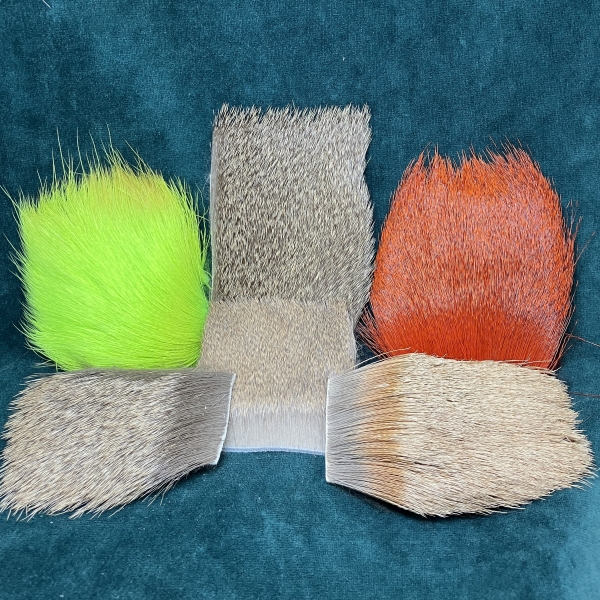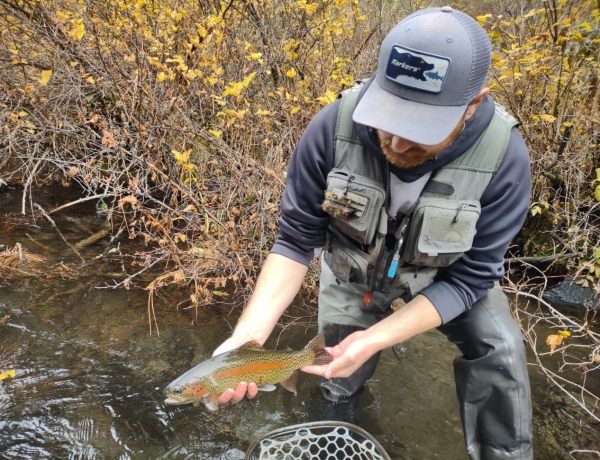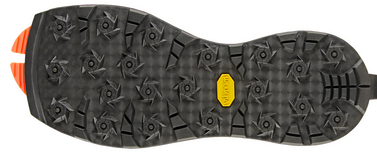Full fly line sink tips are matched to rods by line weight, and therefore are limited in how heavy they can get in order to maintain castibility. For some streamer situations, adding an extra heavy sink tip to your line will allow you to get your flies deeper faster than they could with a standard full length sink tip fly line. This rig can be tricky to cast, but is necessary for getting down into areas where a standard sink tip fly line won’t cut it. In our neck of the woods, anglers will often use this type of setup for probing super deep, fast sections of water for bull trout in the Metolius, or for big browns throughout the middle or upper Deschutes.
Our custom sink tips also have play in the world of steelhead fishing, when conditions call for them. High and off color water experienced on some rivers through the winter can challenge an angler’s ability to reach fish with the standard tips in their wallet. Our heavier tips will allow you to stay close to the bottom and in front of fish throughout your swing.
In order to best utilize the world of sink tips, it’s important to understand which ones will actually help you. Getting the correct sink rates and tip lengths will help you put your flies where you want them to be.
The sink rates of our custom tips are categorized by tungsten density (example: T-8). The number after the T refers to the number of tungsten grains in a foot of line. The higher the number, the higher the density, and the faster the tip will sink. By factoring in the speed of the current you’re fishing and the depth of the water, you can determine the right sink rate to successfully reach fish. Going too light or too heavy will leave you fishing too shallow or result in constantly snagging up on the bottom. If you’re never hitting the stream bottom and not getting bites, choose a heavier tip. If you’re having to strip faster than you’d like just to stay off of the bottom, go lighter.
Sink tips also vary in lengths. Among tips of the same density, different lengths can allow you to reach different depths of water for varying amounts of time. For example, fishing the top of a deep pool would require a longer tip to keep your fly down throughout your drift or swing. If you were fishing an area where deeper water becomes shallower, a shorter sink tip would be used to initially get the fly down and rise in the water column faster as the line on your swing tightens. There are countless variables that could go into sink tip selection, so experimenting with different lengths and sink rates is definitely part of the process of using these tools.
We currently have 16 different custom tips in stock, ranging from 7 to 15 feet long and with sink rates from T-8 to T-17. Our tips have welded loops on each end for easy attachment and leader changes. Have a more specific dimension in mind? We also take requests, and can customize tips in any size to get you in front of the fish you’re after. For inquiries on tip customization or for any general questions on sink tips, give us a call or stop by the shop!


